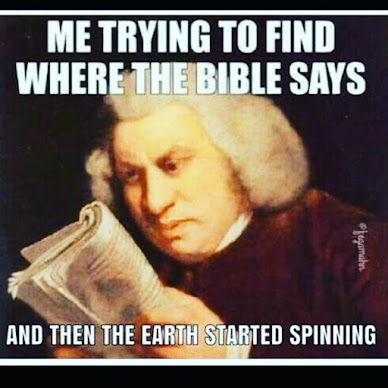Day two of creation often gets overlooked because of, well, the prevailing heliocentric globe earth model. While it might be popular to yield to the scientific model, I'd like to spend some time discussing what the Bible states about the earth from a biblical perspective.
For many of us raised in church, we were taught Genesis as the foundation of our faith—but rarely were we encouraged to take it literally when it came to how the earth was formed. Instead, the Genesis narrative has been increasingly spiritualized or explained away to fit within modern scientific theories. But what if we allowed Scripture to speak for itself, without forcing it through the lens of secular science?
On day two of creation, God said:
“Let there be a firmament in the midst of the waters, and let it divide the waters from the waters.” (Genesis 1:6, KJV)
The word “firmament” here comes from the Hebrew word “raqia”, which means something solid, stretched out like a vault. It’s described as separating the waters below from the waters above. This is not poetic language—it’s architectural. God wasn’t creating a concept; He was forming structure.
So What Is the Firmament?
According to Scripture, the firmament is a solid dome that God placed above the earth. It’s what He called Heaven (Genesis 1:8). The sun, moon, and stars were set in this firmament on day four—not millions of miles away in infinite space, but within the firmament itself. This perspective completely challenges the modern heliocentric model, which assumes a spinning ball earth flying through endless space.
If we trust the Bible, we must wrestle with this:
-
The earth is not described as a sphere hanging in a vacuum.
-
It’s described as having foundations (Job 38:4), being immovable (1 Chronicles 16:30, Psalm 104:5), and being covered by a solid dome that separates heavenly waters from earthly ones.
-
The stars, moon, and sun move above the earth, not the other way around.
Why Does This Matter?
This isn’t just about the shape of the earth—it’s about authority, trust, and worldview. If we begin questioning the clear words of Genesis, where do we stop? God could have used any words to describe creation. He used firmament, waters above, and a division that seems far from modern cosmology.
The heliocentric model—introduced during the Renaissance and pushed forward by institutions like NASA—places man as a speck in an ever-expanding universe. The biblical model, however, places the earth at the center of creation, with a Creator intimately involved and near.
A Call to Re-Examine
I’m not asking you to throw out everything you’ve learned. I’m inviting you to re-read the Bible with fresh eyes—without assuming the world has already figured it all out. The second day of creation holds more meaning than we’ve given it credit for. Maybe it’s time to stop overlooking it and start seeking understanding, not from science textbooks, but from Scripture.
After all, if God said He created a firmament, why would we believe anything less?

Comments
Post a Comment